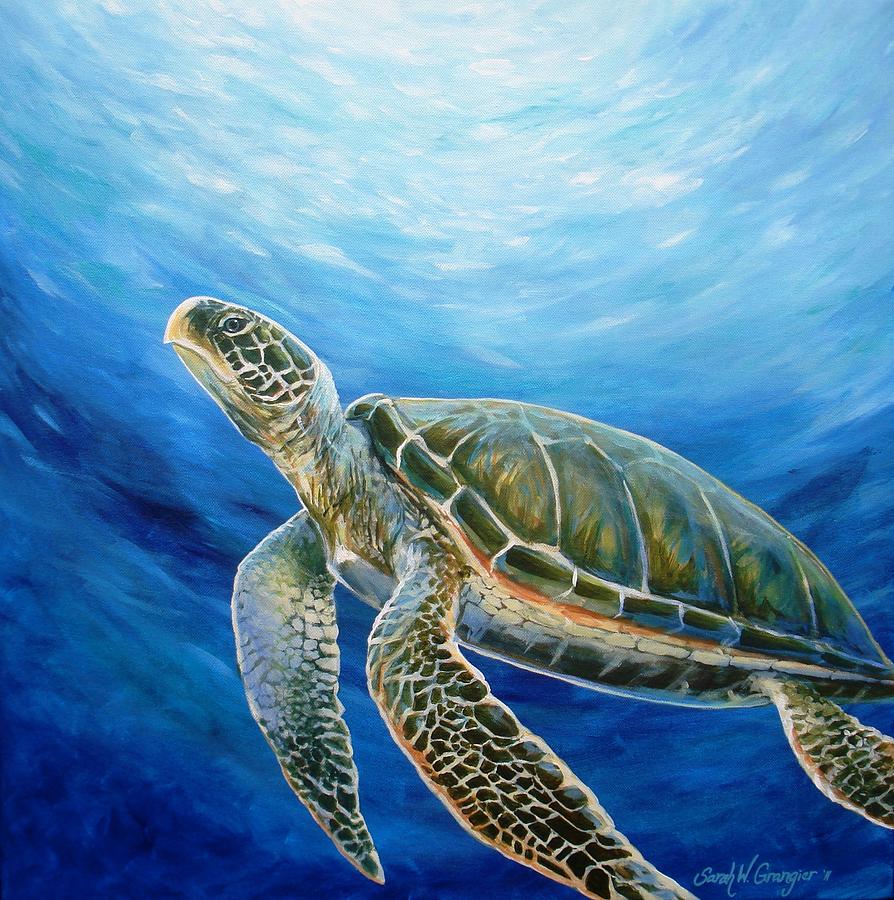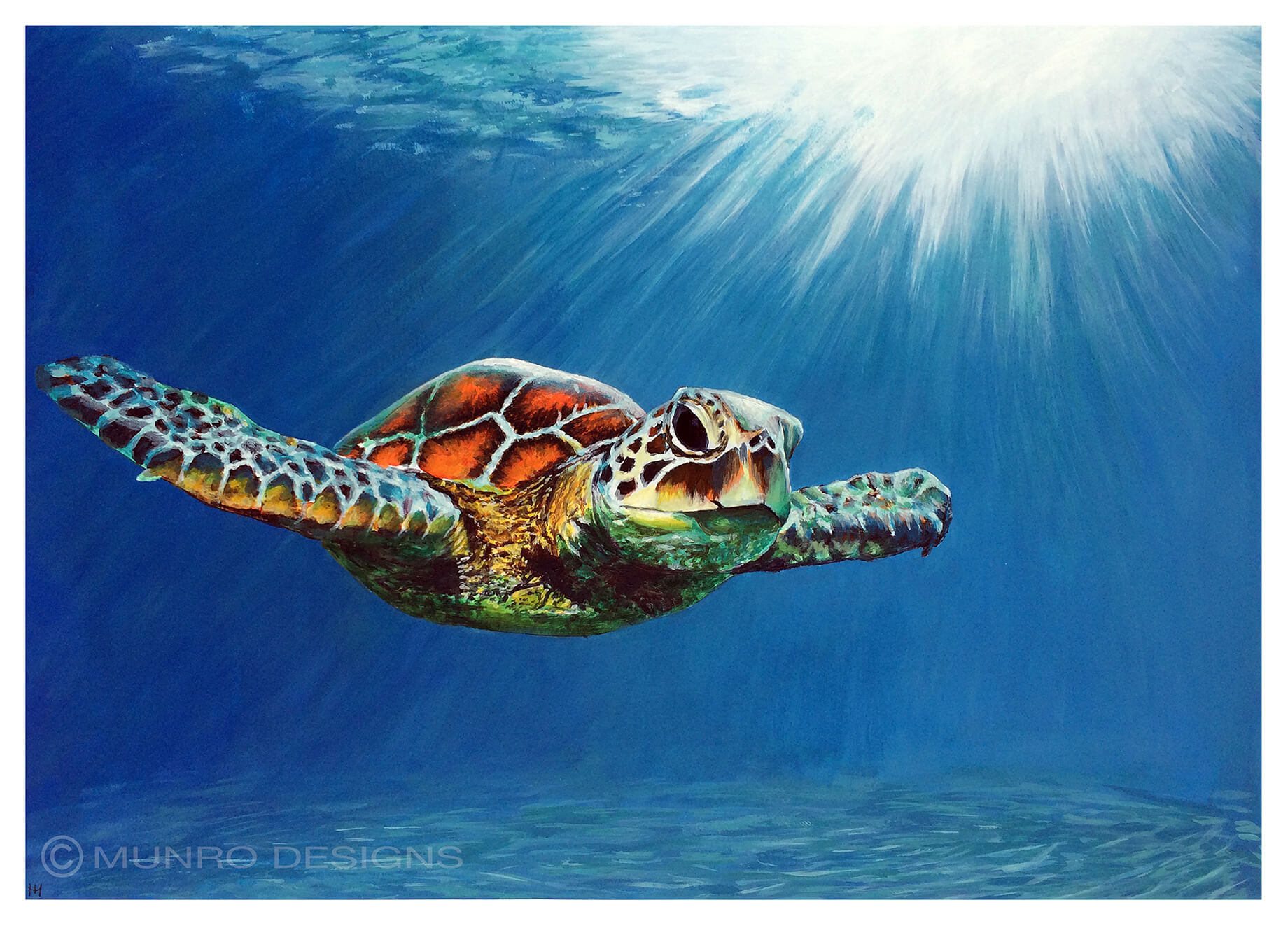
Introduction
Turtle painting is a fascinating form of art that has gained popularity in recent years. It involves using turtles as a medium to create unique and beautiful paintings. In this article, we will explore the art of turtle painting, its history, techniques, and the impact it has on the art world.

History of Turtle Painting
The history of turtle painting can be traced back to ancient civilizations, where turtles were considered sacred creatures and were often associated with wisdom and longevity. The practice of using turtles for painting can be found in various cultures around the world, including China, Japan, and the Pacific Islands.
In China, turtle painting was popular during the Song Dynasty (960-1279) and was often used as a form of entertainment for the nobility. The technique involved placing ink on the turtle's shell, and then letting it crawl on a piece of paper, creating unique patterns and designs.
In Japan, turtle painting, known as "gyotaku," was used by fishermen to record their catch. They would apply ink or paint to the turtle's body and press it onto a piece of paper or fabric, creating a detailed impression of the fish.

Techniques of Turtle Painting
There are several techniques used in turtle painting, each with its own unique style and approach. Here are some of the most commonly used techniques:
1. Shell Printing: This technique involves applying ink or paint to the turtle's shell and pressing it onto a surface to create a print. The patterns and textures on the shell can result in intricate and beautiful designs.
2. Brush Painting: In this technique, artists use small brushes to apply paint directly onto the turtle's shell. They can create detailed and colorful paintings by carefully controlling the brush strokes.
3. Ink Transfer: This technique involves placing a piece of paper or fabric on the turtle's shell and applying ink or paint on top. The ink is then transferred onto the surface, creating an impression of the turtle's shell.
4. Mixed Media: Some artists combine turtle painting with other mediums such as acrylics, oils, or watercolors to create more vibrant and textured artworks.

Turtle Painting in the Art World
Turtle painting has gained recognition in the art world for its unique and captivating nature. Artists who specialize in turtle painting often showcase their artworks in galleries and exhibitions, attracting art enthusiasts and collectors.
The use of turtles as a medium adds an element of surprise and unpredictability to the paintings. The patterns and textures on the turtle's shell, combined with the artist's skill and creativity, result in one-of-a-kind artworks that cannot be replicated.
Many artists also use turtle painting as a way to raise awareness about environmental conservation. By showcasing the beauty of these creatures through art, they aim to promote the importance of protecting turtles and their habitats.

Benefits of Turtle Painting
Turtle painting offers numerous benefits, both for the artists and the viewers. Here are some of the advantages of turtle painting:
1. Therapeutic: Creating art, especially through unconventional mediums like turtle shells, can be a therapeutic and meditative experience. The process of painting and observing the intricate patterns can help reduce stress and promote relaxation.
2. Conservation Awareness: Turtle painting can be used as a powerful tool to raise awareness about the importance of turtle conservation. By showcasing these beautiful creatures through art, people are encouraged to learn more about their habitats and the threats they face.
3. Unique Artworks: Turtle paintings are truly one-of-a-kind. The patterns and textures on each turtle's shell are unique, resulting in artworks that cannot be replicated. Collectors and art enthusiasts value these unique pieces for their rarity and beauty.
4. Connection with Nature: Turtle painting allows artists to connect with nature in a profound way. By working with living creatures, artists develop a deeper appreciation for the natural world and its wonders.

Conclusion
Turtle painting is a captivating form of art that combines creativity, skill, and the beauty of nature. Its rich history, unique techniques, and impact on the art world make it an intriguing subject to explore. Whether used for personal relaxation or to raise awareness about turtle conservation, turtle painting continues to inspire artists and art enthusiasts alike.